Lindau
Lindau might not be well known to people living outside of Europe, but in Germany it is quite a tourist attraction and had been on my travel bucket list for years.The exceptionally well-preserved medieval town is located on a small island on the northern edge of Lake Constance, Germany’s largest freshwater lake. Its century-old buildings, narrow cobble-stoned alleyways, and historical squares charm hundreds of thousands of visitors each year.
In my mind, Lindau has always been the town with the lion, and so without any hesitation, my first steps led me swiftly to the harbour entrance where the statue stood in all its majesty.
In awe, I gazed at the lighthouse and the Bavarian Lion, which are the unmistakable landmarks of Lindau and beautify what is arguably the most interesting harbour entrance around Lake Constance. At a height of six metres and a weight of 50 tons, the lion is turned outwards, observing the lake from its pedestal. Opposite, marking the second cornerstone of the entrance, stands the 36-metre lighthouse.

As I wandered along the waterfront, I noticed a lone tower with a very unusual, zigzag-lined roof. The so-called Mangturm was originally built in the 12th century as a lighthouse and once served as part of the old city walls. However, it did not receive its coloured tiles until 1979.
Over the next couple of days I explored many historical places of interest on the island such as the town hall, famous for its colourful facade. Built between 1422 and 1436, the building has one of the best-preserved Gothic halls anywhere in the Lake Constance region, while the ground floor accommodates the former imperial library with more than 23,000 valuable books.
Numerous attractive buildings can be found on Maximilianstrasse, the main shopping street and pedestrian zone in Lindau’s Old Town. It is lined by well-preserved patrician houses dating from the 16th and 17th centuries, and many small alleys branch off it. As in so many other small-sized European towns, these narrow medieval streets create an impression of past times.
St. Gallen
One of the reasons I had chosen to spend my holidays in Lindau, besides its obvious charms, were the excellent public transport connections to neighbouring Switzerland. As I had researched prior to my trip, a regular train service runs to nearby St. Gallen and after a journey over just an hour, I arrived in the country of watches and cheese.This compact metropolis of eastern Switzerland, home to some 160,000 inhabitants, has a charming, traffic-free Old Town, and it is easy to get lost in the quaint narrow streets and lively squares. I made my way to the main destination for the day, the Stiftsbezirk (Abbey of Saint Gall precinct), a UNESCO World Heritage Site.
The Abbey of Saint Gall is not just one building, but an entire Roman Catholic religious complex in the middle of the city. The name and foundation of the town stem from the Irish missionary monk Gallus who founded a hermitage here around 612. The Carolingian-era abbey has existed since 719 and was for many centuries one of the chief Benedictine abbeys in Europe. The interior of the cathedral, which was constructed in the 1700s, is one of the most important Baroque monuments in Switzerland.

The abbey library, one of the richest medieval libraries in the world, contains precious manuscripts such as the earliest-known architectural plan drawn on parchment. The archive consists of over 160,000 books, of which 2,100 are handwritten. Nearly half of the handwritten books are from the Middle Ages, and 400 are over 1,000 years old.
After exploring the library and abbey, I strolled through the old part of town and noticed a unique characteristic on some of the buildings. Oriel windows are a typical feature of St. Gallen’s architecture, adorning the façades of houses in the pedestrian zone and bearing witness to the successful textile buyers who used to live here. Market Square on the northern side of the Old Town is surrounded by houses with oriel windows from the 17th and 18th centuries.
Before heading back to Germany, I climbed the hills surrounding the city for some sweeping panoramic views. Strolling along the Dreilindenweg, I passed cows, orchards, and ivy-covered houses, before reaching the Drei Weieren (Three Ponds). The ponds, which were originally built by the monastery for their water needs, are today a popular destination for outings and used as a swimming spot in summer and an ice rink for skating in winter.
Before long I was back in Lindau where I packed my belongings for the journey home. For now I had to bid farewell to Lake Constance, but I'd rather say it in my mother tongue: Auf Wiedersehen (See you again)!







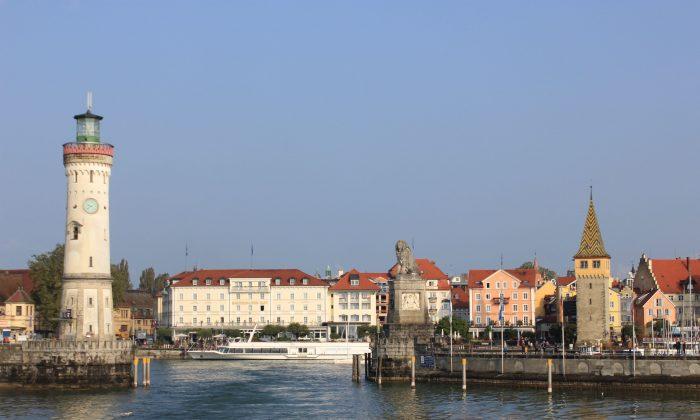
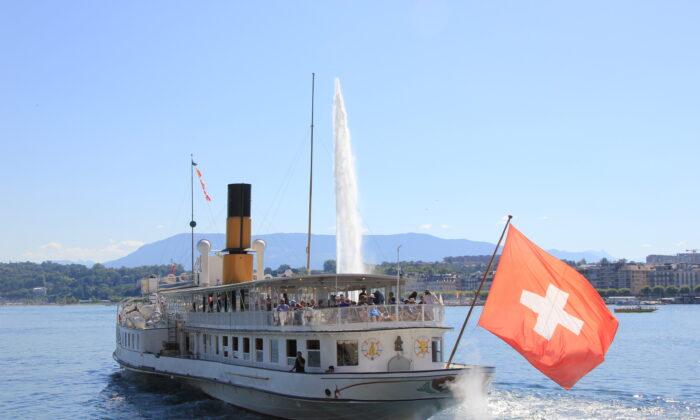
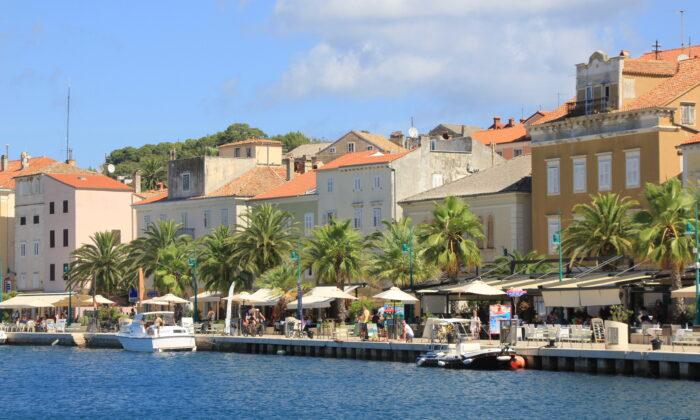
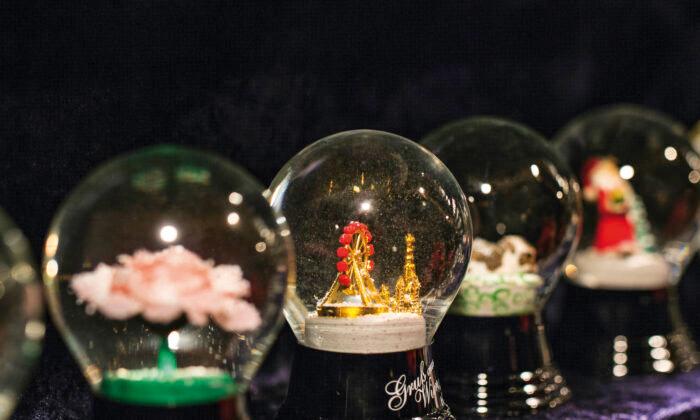
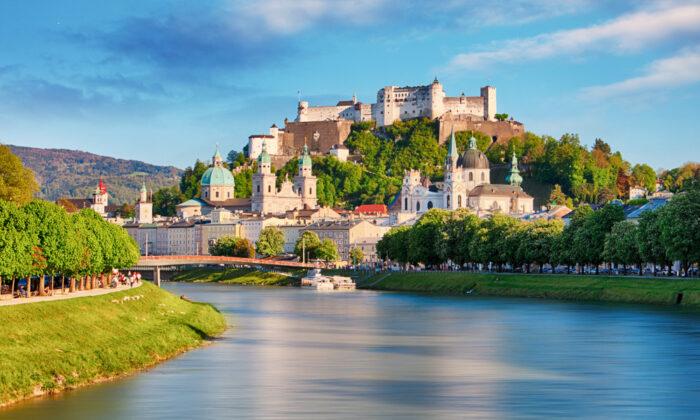
Friends Read Free